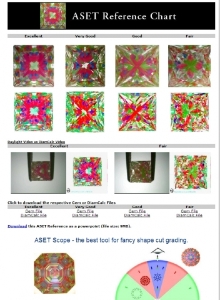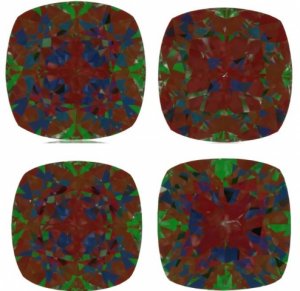- Joined
- Jul 27, 2009
- Messages
- 4,097
Agreed. It will always be a combination of science and art. Developing the science will enable the artists more freedom of expression, and consumers more excellent choices.Karl_K|1405803917|3716727 said:Well said! I would add.Texas Leaguer|1405798841|3716695 said:It is a pretty well established fact that people find diamonds beautiful. There are various aspects to that beauty. The whole purpose of researching light performance is to understand what the components of beauty are, how they might be quantified, how they relate to one another and to human sensory systems, and what the implications are for cut craftsmanship. To the extent that consumers understand these things they can make better purchasing decisions. To the extent diamond cutters can better understand these things, they can cut more beautiful diamonds (yes I said beautiful). And to the extent we merchants understand it better, we can offer better products and guidance to our customers.
And diamond designers can create better designs and be more sure of a design before it is actually cut.
There is a lot of "that looks right" that goes into diamond design today.
Replacing at least some of that with scientific data improves how diamonds are designed and reduces the risks of cutting expensive rough into a new design.
I think "that looks right" will always be a part of it however.






300x240.png)